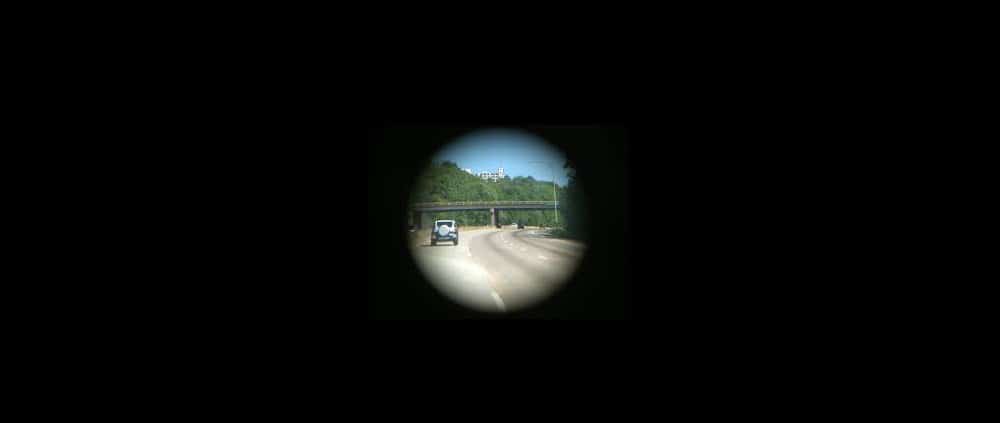Navigating the Roads with Clarity: The Revolution of Bioptic Telescopes for Driving
In the ever-evolving landscape of assistive technologies, bioptic telescopes have emerged as a game-changer, providing a renewed sense of independence for individuals with visual impairments. Specifically designed to enhance vision for those with certain eye conditions, bioptic telescopes are transforming the driving experience, allowing individuals to hit the road with confidence and safety.
Understanding Bioptic Telescopes
Bioptic telescopes are optical devices that combine a traditional eyeglass prescription with a small telescope mounted above the regular eyeglass lenses. This innovative design enables users to switch between their regular vision and magnified vision seamlessly, offering a telescopic view of distant objects while maintaining a broader field of vision for everyday activities.
Who Benefits from Bioptic Driving?
- Low Vision Individuals: Bioptic telescopes are particularly beneficial for those with low vision, including conditions such as macular degeneration or retinitis pigmentosa. These devices enhance the ability to see distant road signs, traffic signals, and other essential details while driving.
- Legally Blind Drivers: In some regions, individuals who are legally blind may be eligible for a driver’s license with the use of bioptic telescopes. This inclusion opens up new possibilities for increased mobility and independence.
How Bioptic Telescopes Work for Driving
- Spotting Distant Objects: The telescopic component of these glasses allows users to zoom in on distant objects like road signs or traffic signals. This magnified vision assists in recognizing crucial details that might be challenging with conventional eyewear.
- Maintaining Peripheral Vision: Unlike using a traditional telescope, bioptic telescopes are designed to maintain peripheral vision. This is essential for safe driving as it enables users to be aware of their surroundings while benefiting from magnified vision when needed.
The Training Process
Acquiring and effectively using bioptic telescopes for driving involves a comprehensive training process. This includes learning to efficiently switch between regular and telescopic vision, mastering the control of the telescopic component, and practicing in various driving scenarios to ensure safe and confident navigation.
Breaking Barriers and Building Independence
The introduction of bioptic telescopes in the realm of driving has shattered preconceived notions about visual impairments and mobility. By offering a viable solution for individuals with specific eye conditions, these telescopes are empowering people to reclaim a sense of independence and freedom on the roads.
Looking Towards the Future
As technology continues to advance, bioptic telescopes for driving may see further refinements and improvements. Increased awareness, accessibility, and continued research are vital for ensuring that this transformative technology reaches those who can benefit most, fostering a more inclusive approach to transportation.
In conclusion, bioptic telescopes have transcended the realm of vision correction; they have become a beacon of hope and opportunity for individuals with visual impairments. By providing a pathway to safe and independent driving, these telescopes are rewriting the narrative on what’s possible, one road trip at a time.



